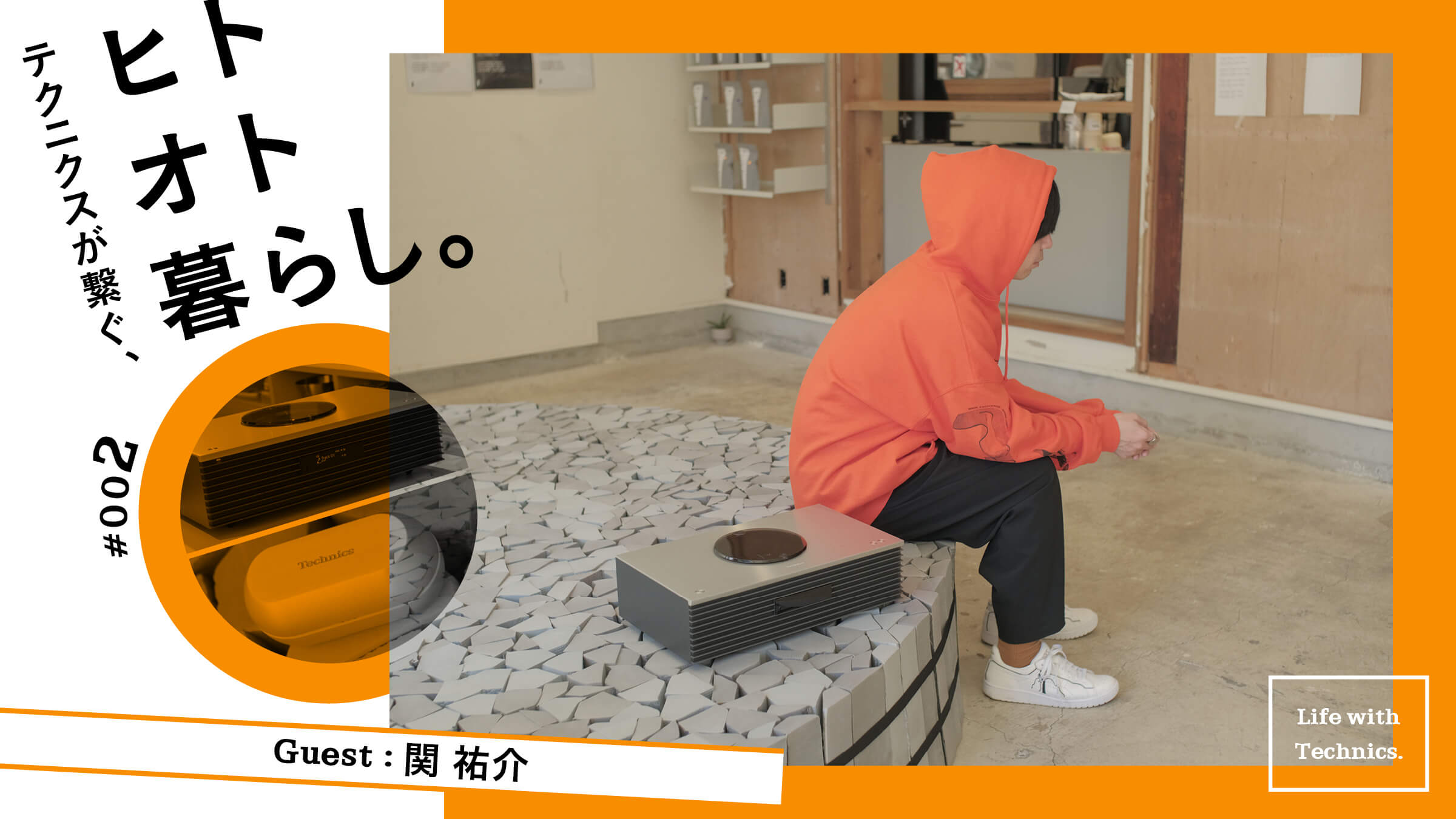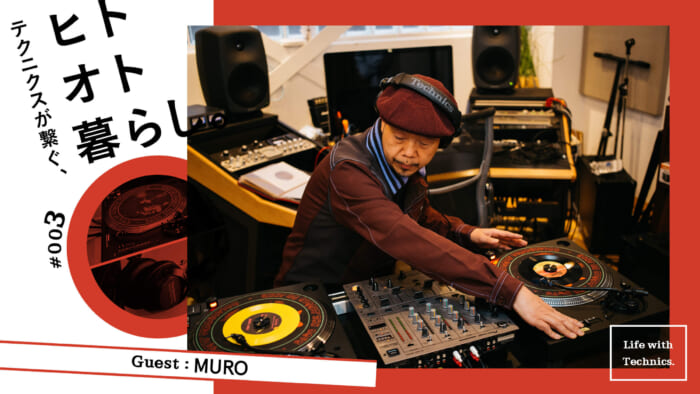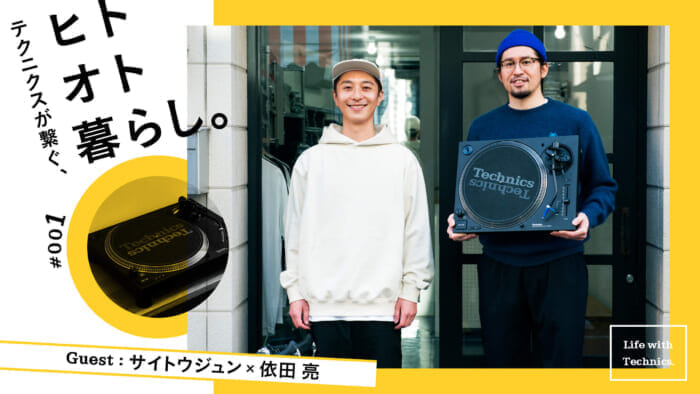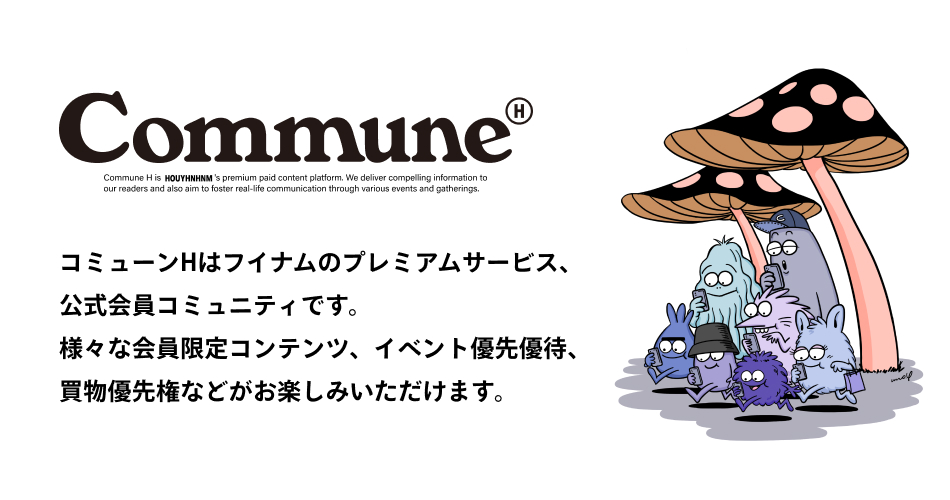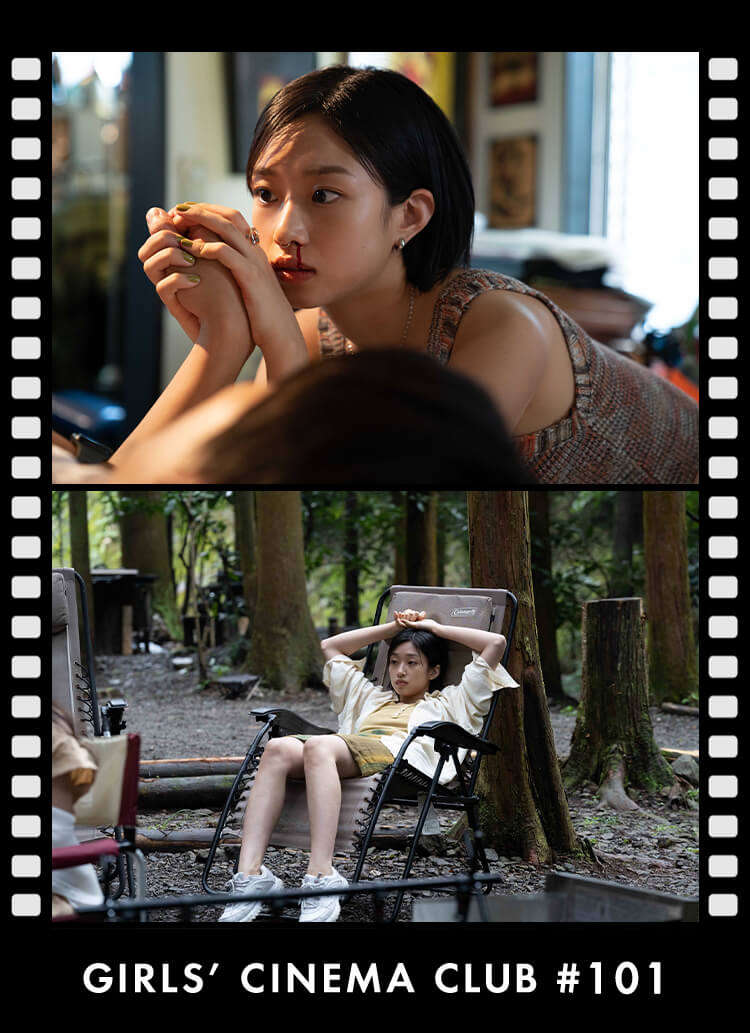Design elements that increase by reducing.

A few minutes ago, you mentioned the ideal design.
Seki:. this is very difficult. I am often asked, "What about authorship?" but it really depends on a case-by-case basis. Basically, my job is to meet the client's needs, and it is a service-oriented business, so to speak. I think that what the client wants to do comes first, rather than what I want to achieve. . This store is the result of that process. No one believes me (laughs). (laughs) . But I think it is very important for me to keep that in mind.


. You also designed the café "Sniite" that we are interviewing right now, right?
Seki:Yes, I am a friend of Mr. Kobe (Wataru Kobe), the owner of "Sneet". I was friends with the owner of "Sneet", Mr. Kobe (Wataru Kobe), so we worked together from the property search stage. We left the details of the order completely up to him, and all he wanted was a "Technics" turntable and "ALTEC" speakers. . The owner loves culture and music, so he wanted to keep that in mind.
. I can feel it in the walls, but the frame of the building remains intact, and I feel that the space makes the most of the materials of the property.
Seki:. so much so that I think I may have left a little too much in there (laughs). . even the ceiling panels are in the same condition as they were when the previous occupant returned them to their original state. . The same goes for the remains of the lighting. The power supply is still connected only where the plate is attached, but I just left it as it was originally, and I did not put it there on purpose, but rather, I cherished the story. I think this is the first time for me to leave something like this without making any changes.

What is the procedure?
Seki:. during the demolition, I stripped it down while giving instructions on what should be left. . When we stripped the walls, we made sure to leave a little of the top part. . The amount of material is reduced, but the design elements feel like they are being added, like stone or wood carvings. I think it is interesting that the cost can be kept down and the design elements increase with the reduction of objects, and I think the current "Yusuke Seki Studio" design is a balance of such additions and subtractions. This is something that changes from day to day, so next year I may be saying something completely different (laughs).
OGAWA COFFEE LABORATORY, which opened in Sakurashinmachi, is a completely different space, isn't it? Both were designed by Seki-san.
Seki:Mr. Minami (creative director, Takayuki Minami) is directing this project, and he was very clear that a coffee company with a long history in Kyoto wanted to show the "spirit of Kyoto" when opening a store in Tokyo. What was important to us was what is Kyoto-like.

. What part of the city of Kyoto do you want to cut out?
Seki:. I focused on the fact that Kyoto has a long history compared to other cities. From there, I thought about what has remained unchanged over the years, and I thought that the most important thing was natural phenomena such as sunlight. I thought that a space that values these phenomena and makes them appear beautiful is Kyoto-like. I tried to express Kyoto in areas that were not easily recognizable, such as the use of latticework. I do not want to follow the same motifs as they are, but rather to digest them in my mind and design them in a new way that fits the current era.
What is it like to be a member of a group?
Seki:For example, the table has a process called uki zukuri, which gives the grain of the wood a three-dimensional finish. Normally, this process is applied to expensive natural wood, but we applied it to plywood sold at a home improvement store. This is a part of the mix and match that is typical of our company.
Were there any other innovations?
Seki:The floor around the counter is covered with stones called "Denshi" from the Kyoto City Tramway. The Kyoto tram was a train that used to run in Kyoto, and the stones used for the tram are still being handled by stone makers in Kyoto. . We hope that visitors to our store will learn about such things through communication with us. While paying attention to such details, I expressed a space where natural light flows in beautifully and the flow of time can be seen beautifully.


